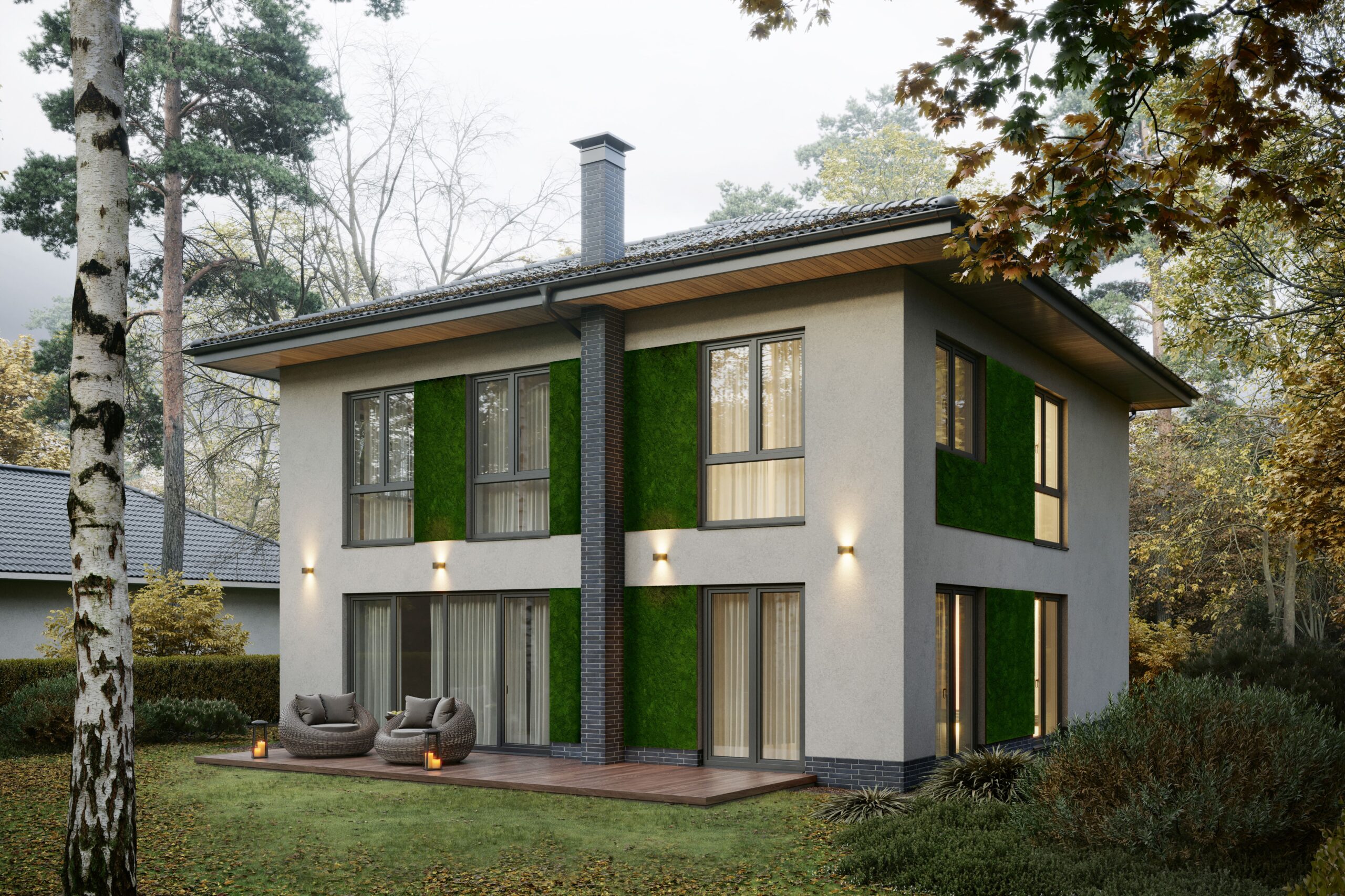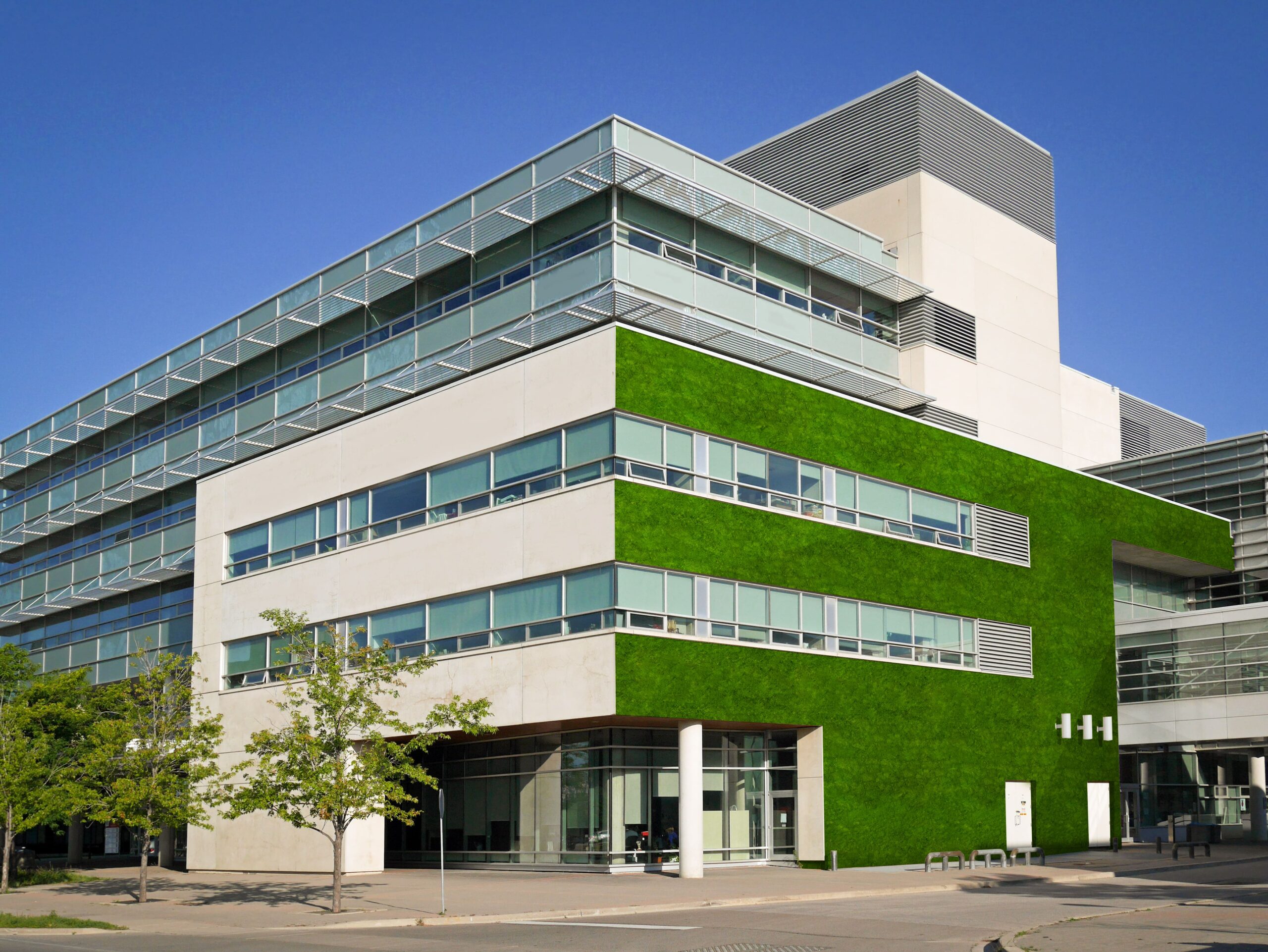Moss facades and biodiversity:
How moss on facades can help increase biodiversity in cities
How moss on facades can help increase biodiversity in cities

In recent years, a new and exciting idea has gained acceptance in architecture: green facades. These are not only aesthetically pleasing, but also have a positive impact on biodiversity in cities. How exactly does moss, for example, contribute to increasing biodiversity?
Moss is a pioneer organism that can grow on many surfaces, including facades. Unlike other plants, moss does not need roots and can absorb moisture directly from the air. This makes it an ideal plant for façades, as it not only has a visually appealing feel, but also acts as a natural moisture reservoir.
One of the biggest benefits of moss facades is that they can help reduce heat in urban areas. Through the process of transpiration, where plants release moisture from their leaves, moss can cool the surrounding air and lower temperatures in urban areas. This is particularly important in cities where air pollution and heat islands are a serious problem.
In addition, moss facades are an important habitat for various animal species. Moss provides food and shelter for a variety of insects, including bees, butterflies and beetles.
Moss is also an important air purifier. It can filter a variety of pollutants from the air, including nitrogen dioxide and particulate matter. In a city where air quality is often poor, this can help improve air quality and promote people’s health.
Greenovation, unlike other moss facades, requires no watering and no maintenance. This makes it an ideal choice for urban areas where space and time are often limited.

In summary, moss façades are an exciting and innovative concept that is not only aesthetically pleasing, but can also help increase biodiversity in urban areas. From reducing heat islands to creating a natural habitat for wildlife and improving air quality, moss facades have the potential to make a huge impact on the urban environment.
Discover now our Moos·Moos Greenovation.




